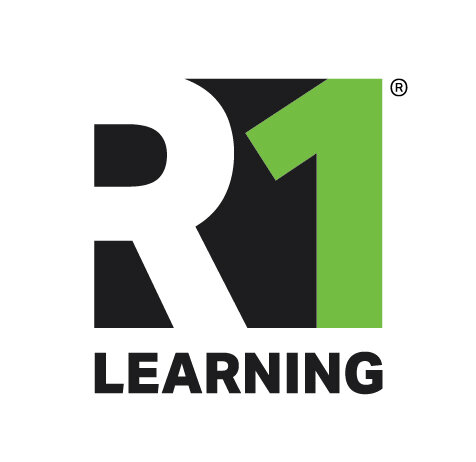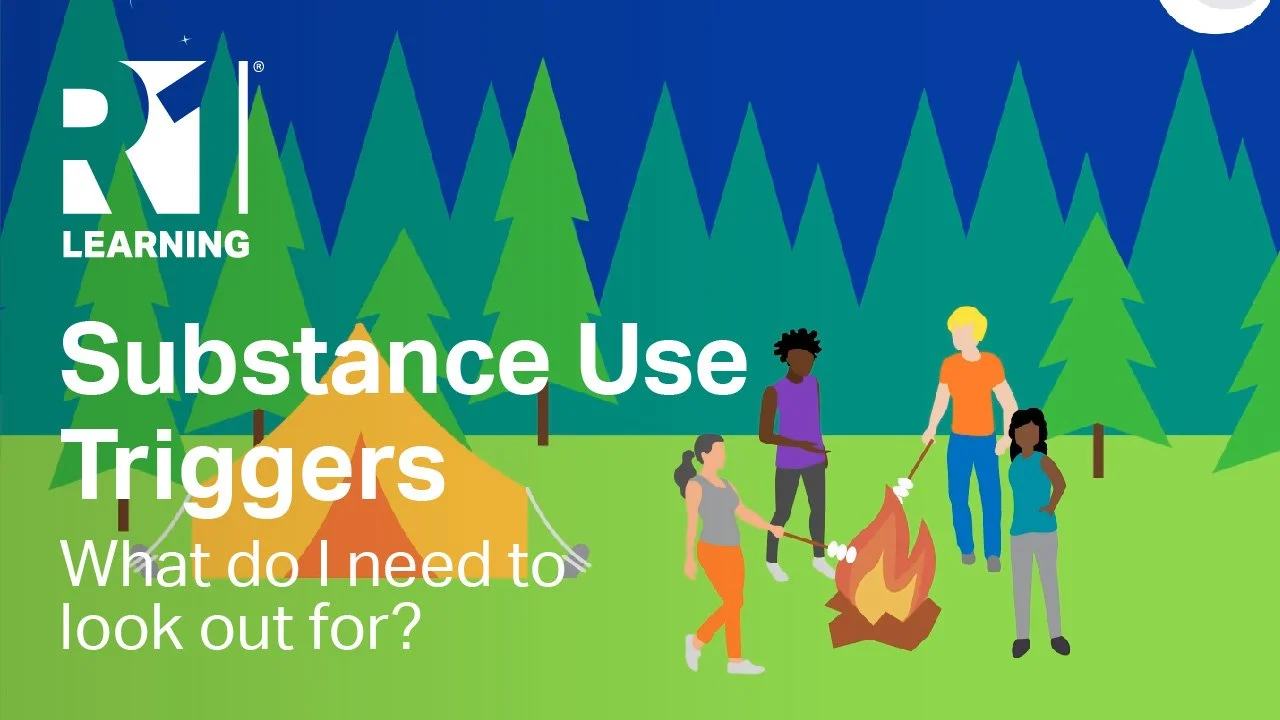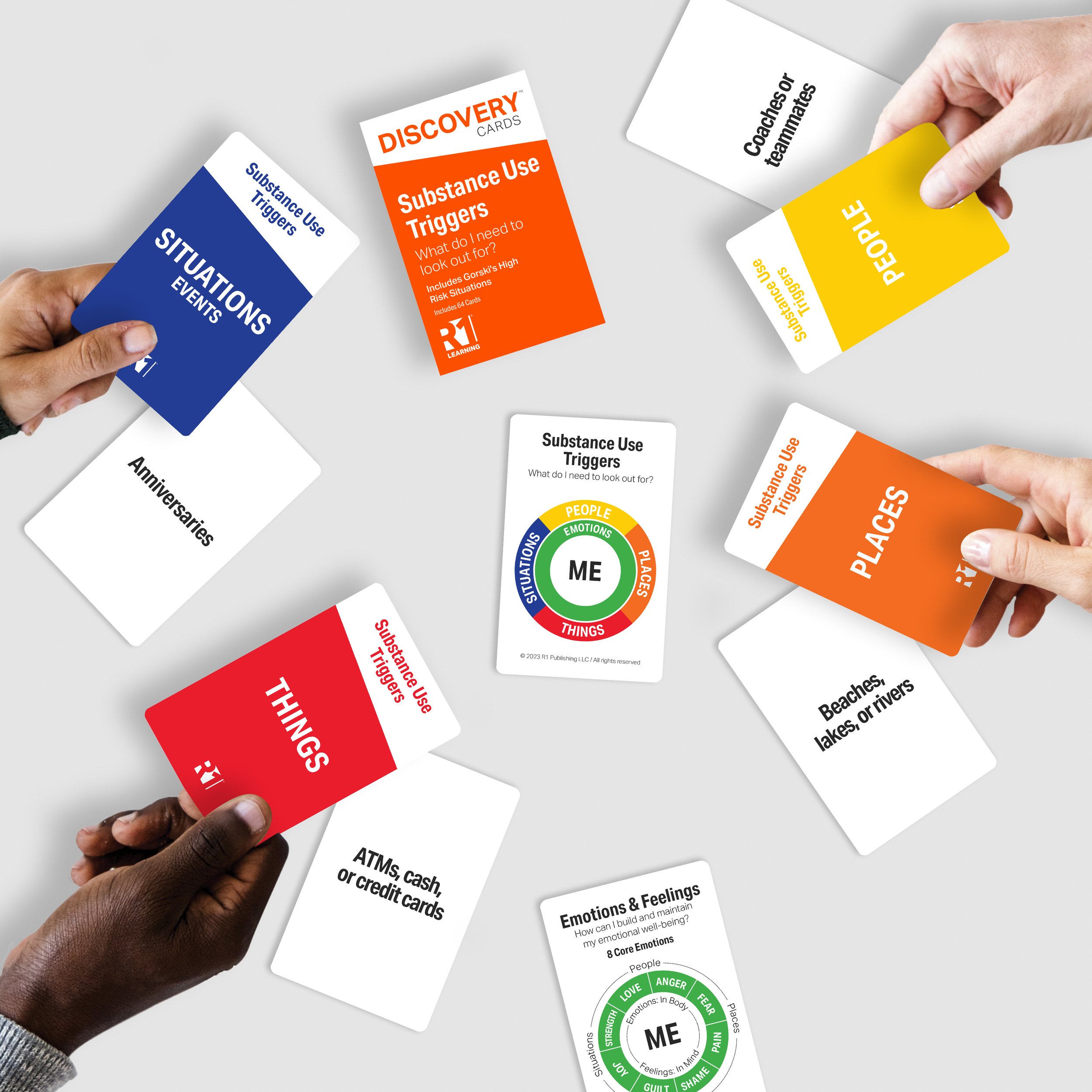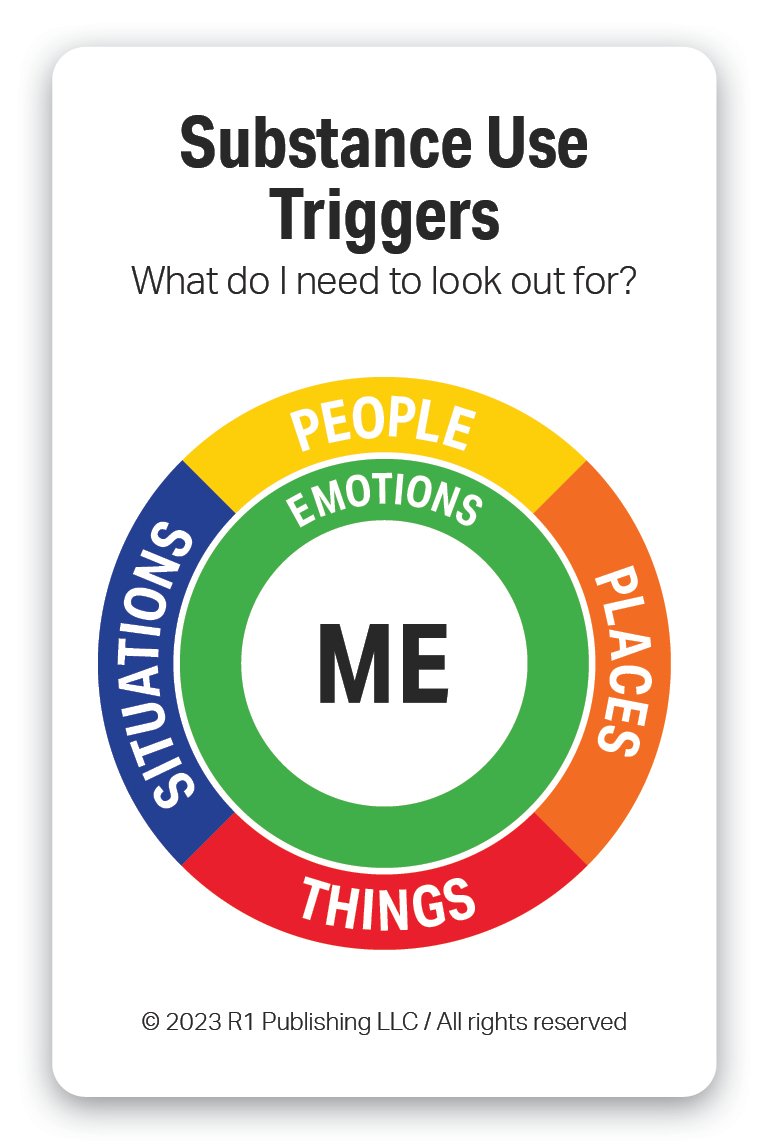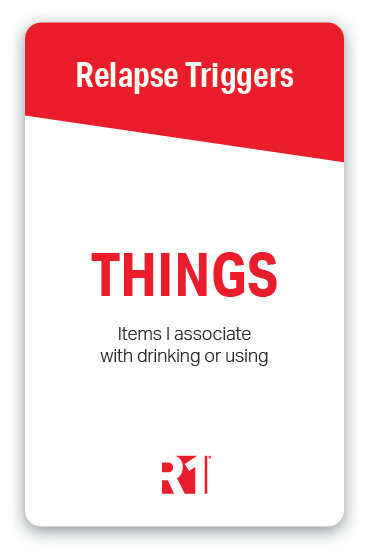Which Triggers Trigger My Emotions and Substance Use?
Substance use triggers are high on the list of areas to look out for on the road of recovery and are the focus of today’s post.
In early recovery, physical cravings from withdrawal and compulsive addictive thinking were at the core of my inability to stop drinking. I’ve learned that these mental obsessions, withdrawal symptoms, and physical cravings are normal for substance users at any phase of their addiction, but certainly a major barrier in the later phases of this progressive disease. Physical cravings caused by hunger, exhaustion, or stress can also trigger drinking or using. Many of these physical triggers can be minimized with proper and rigorous attention to the basics of our body’s needs — eating a balanced and nutritional diet, getting the proper amount of rest and sleep, and exercising daily. They can also be managed effectively through appropriate medication-assisted treatment (MAT).
In developing the R1 content for Substance Use (Relapse) Triggers, we’ve built from the evidence base for relapse prevention, emotional regulation, and 12-Step facilitation. These practices form the foundation of how external triggers in one’s environment can activate the physiology of emotions and move individuals toward unhealthy behaviors. Our goal is to use this model and vocabulary to help individuals explore their own experiences, identify triggers in their environment, and develop a relapse prevention / recovery plan with healthy coping strategies. Today’s focus is on identifying triggers and linking them to the emotions and feelings they activate. We’ll go into more detail on relapse prevention planning in another post.
A trigger is a stimulus that brings on a reaction or series of reactions. Triggers can set off memories or even flashbacks, transporting the individual back to the event or situation of the original behavior.
Relapse triggers (or substance use triggers) are mental or emotional factors that elicit unhealthy behaviors, that remind individuals of their prior drinking or using, and that may spark cravings to drink or use again. Triggers may be external — such as people, places, things, or situations closely associated with drinking or using. They may also be internal — such as negative or positive emotions and feelings.
Explore R1 Discover — Interactive Engagement Tools
Substance use triggers are challenging to avoid because they are usually an integral part of one’s life. Most of the time they are not completely avoidable since people do not generally have complete control over the environments they move into and out of on a daily basis. But individuals can anticipate and monitor their environment, and have a plan for healthy actions to take when emotional triggers present themselves. Knowing what to look out for is critical.
Identifying Emotional Triggers
Helping individuals think about their past drinking or using experiences to identify environmental triggers is central to preventing recurrences of use. Our model highlights four types of environmental triggers — people, places, things, and situations. These are the stimuli in the environment that spark the emotional process, activate physiological changes in the body, and move individuals toward action tendencies, and reactions. These actions can be either healthy or unhealthy behaviors depending on the emotional regulation practices of the individual. Ideally the goal in recovery is to abstain from drinking or using completely. But recurrence is part of many recovery paths, and increasing the length of time between recurrences is also an important measurable objective. Each drinking or using experience presents a learning opportunity to better understand relapse triggers and the emotions they activate. Helping individuals anticipate, plan for, observe, and avoid these environmental triggers is at the core of effective relapse prevention.
Trigger Types — Finding the Words for Specific Triggers
Understanding substance use triggers is new for many people in recovery. Like other subjects, individuals need to learn the basics before they can take action – building a vocabulary is the first step. Think about yourself or someone you are working with. Think back to a relapse or recurrence of use experience and examine what was happening in the environment that may have sparked it. What caused you to feel disturbed – anxious, frustrated, hurt, or lonely? Conversely, what caused you to feel celebratory, excited, or overconfident? Triggers activate both negative and positive emotions – both can move individuals to unhealthy or risky behaviors. Use the Trigger Type categories below to build a list of your triggers. The Substance Use (Relapse) Triggers Discovery Cards include over 100 specific triggers. These are just a few examples.
People (friends, family, and other persons) with whom you drank or used; also those with whom you associate drinking or using. This category also includes people who trigger your emotions and feelings in both positive and negative ways.This group often includes those closest to you and you may be unable or unwilling to avoid these people altogether. Discovery Cards examples include:
Past drinking or using friends
Past intimate relationships or exes
Spouse, partner, boyfriend, or girlfriend
Store clerks
Teachers or classmates
Coaches or teammates
Drug dealers
Employees or co-workers
Family members
Friends or neighbors
Places where you drank or used or that you associate with drinking or using. May include special places like vacation spots or everyday places like home, work, or school. These places often remind you of drinking or using, either in positive or negative ways. You may be unable or unwilling to avoid these places altogether. Discovery Cards examples include:
Hotels
Liquor stores
Malls, stores, restaurants, or bars
Sport stadiums
Trains, airplanes, and automobiles (train stations or airports)
Beaches, lakes, and rivers
Certain neighborhoods, towns, or cities
Friend’s home
Grocery or convenience stores
Home
Items you associate with drinking or using. These can be things that were used in conjunction with drinking or using or items that were simply in your drinking or using environment. These can include everyday items in your home or workplace. Discovery Cards examples include:
Phones (contact lists, ring tones, etc.)
Pill bottles
Magazines
Pipes or bongs
Syringes or needles
ATMs, cash, or credit cards
Cigarettes
Coolers
Lighters
Liquor, wine, or beer bottles
Activities you find yourself doing that remind you of drinking or using or that you associate with drinking or using. These may be seemingly ordinary activities or more important situations. Discovery Cards examples include:
Driving
Experiencing personal painful situations
Going to sporting events or playing in sports leagues
Listening to certain music
Traveling out of town
After an argument
Before or after work / school
Before or during a date
Being around alcohol or drugs
Conflict with others
Social, work, family, or other occasions at which you drank or used or that you associate with drinking or using. These may be leisure, recreational, professional, or other types of events. Many of these are social occasions at which alcohol plays a central role. Discovery Cards examples include:
Holidays or vacations
Losing a job or getting a job
Parties or social gatherings
Payday
Reunions
Anniversaries
Birthdays
Funerals; death of a family member, loved one, or pet
Graduations, weddings, and other significant life events
Triggers Spark Emotional Reactions
Now that you have identified a list of triggers, take a moment to determine which emotions and feelings were activated and the emotional state you reached. A list of emotions and feelings is included below. For each trigger you picked, which emotions and feelings were activated? How fast did they come and go? How intense were they? How long did they last? Remember, emotions and feelings when activated can quickly move individuals to unhealthy behaviors if unregulated.
Emotions & Feelings that contributed to drinking or using. Discovery Cards examples include:
Joy — elated, celebratory feelings, happy, hopeful, content
Love — longing, passionate, affectionate, compassionate, connected, warmth
Strength — powerful, fearless, confident, determined, strong, optimistic
Anger — outraged, resentful, frustrated
Fear — threatened, anxious, overwhelmed
Guilt — remorseful, regretful
Pain — disappointed, hurt, grief or loss, pity (self and others), lonely
Shame — humiliated, embarrassed
Although this post is coming to a close, the work for exploring emotions and feelings and how to regulate them has just begun. Take a moment to learn more about emotions and feelings in our post, 8 Core Emotions – Can You Express Them? We will be exploring Emotional Regulation Practices in an upcoming post soon. For now, answer the Questions to Explore below to summarize your major learnings from today. We encourage you to write down your answers and share them with another person.
Questions to Explore
Answer these questions for yourself or someone you are working with.
Did you find this model helpful in thinking about and identifying substance use relapse triggers?
Did the Trigger Types help you to better pinpoint specific triggers? How were these categories helpful?
Which Trigger Types were most prominent in your list? Insights?
As you look back over drinking or using history, have these triggers always played a primary role? How?
Which emotions and feelings were activated in conjunction with these people, places, things, or situations? How intense were they?
What actions can you take to avoid these triggers in the future?
Who can you ask for help and support?
Thank you for reading this post and participating in this activity. Contact us if you would like to learn more about Substance Use (Relapse) Triggers or the R1 Learning System. We look forward to hearing from you.
References
Alcoholics Anonymous. The Big Book, the Basic Text for Alcoholics Anonymous, 4th Edition, p. 417. New York, New
York, 2001.
Center for Substance Abuse Treatment. Counselor’s Treatment Manual: Matrix Intensive Outpatient Treatment for People with
Stimulant Use Disorders. HHS Publication No (SMA) 13-4152. Rockville, MD, Substance Abuse and Mental Health Services Administration, 2006.
Gorski TT: Starting Recovery with Relapse Prevention: A Workbook. Independence, MO, Herald Publishing House/
Independence Press, 2012.
Lazarus RS. “Cognition and Motivation in Emotion.” American Psychologist 46:352–367, 1991
Scherer KR. “What Are Emotions? And How Can They Be Measured?” Social Science Information 44:693–727, 2005
Copyright 2023 R1 Publishing LLC / All Rights Reserved. Use of this article for any purpose is prohibited without permission.
Facilitate Engaging Group Activities
Substance Use (Relapse) Triggers Discovery Cards and Group Kits – Engagement Tools
Integrating these tools into your groups will allow individuals to build their own vocabulary, think about these concepts concretely, and put their choices into action. Visit the R1 Store to learn more about our relapse prevention topics and Emotions & Feelings Discovery Cards Group Kits. The Discovery Cards are an amazing tool for exploring these topics with individuals or groups.
Here are a few ideas to help you learn more about R1 and engage others on this topic:
Share this blog post with others. (Thank you!)
Start a conversation with your team. Bring this information to your next team meeting or share it with your supervisor. Change starts in conversations. Good luck! Let us know how it goes.
Visit www.R1LEARNING.com to learn more about R1, the Discovery Cards, and how we’re creating engaging learning experiences through self-discovery.
